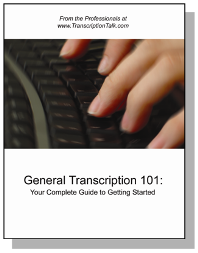Leaving a brick and mortar position and making the leap to working at home can be a scary and risky proposition. I'm sure there are numerous questions running through your mind – "Can I earn enough to pay the bills? What happens during slow periods? What will I do about insurance?" and on and on. While you may not be able to answer every question definitively before taking the plunge, we can help walk you through the steps to determine if it's financially feasible and piecing together an action plan to make it work.
You've probably heard this time again again, but creating a budget is one of the most important steps in determining if you can make it financially while working from home. I can hear your collective groans, and I'll be the first to admit that sticking to a strict budget is not my cup of tea. However, at least going through the motions and building a budget will give you much needed insight into your spending patterns and finances in general. You will be able to identify areas where you can cut back on unnecessary spending or even cut out it completely.
The first step in building your budget is to track ALL of your expenses, and I do mean ALL of your expenses. Find a small notebook to carry with you, and enter every single little purchase you make – the 50-cent candy bar from the vending machine, the $2.99 magazine, the $1.25 20-oz. Coke, all of it. Ideally you want to do this for a month, but at the very least, track them for a week.
I know this sounds a little tedious, but it's a crucial task. You might be tempted to just guesstimate your weekly expenses, but it's human nature to forget about these little purchases that can quickly take a big bite out of our income. Now, go track those expenses, and come back next week to analyze your spending!
Lesson 1: Track your everyday expenditures for a period of at least one week, ideally for one month.
Saturday, September 6, 2008
Working from Home – Step One, Track Your Expenses
Posted by Tara @ Deal Seeking Mom at 12:12 PM
Labels: budgeting, working at home
Subscribe to:
Post Comments (Atom)









































1 Comment:
I love this series you are starting. I wish it was out there when I left the B&M world last July!
Post a Comment